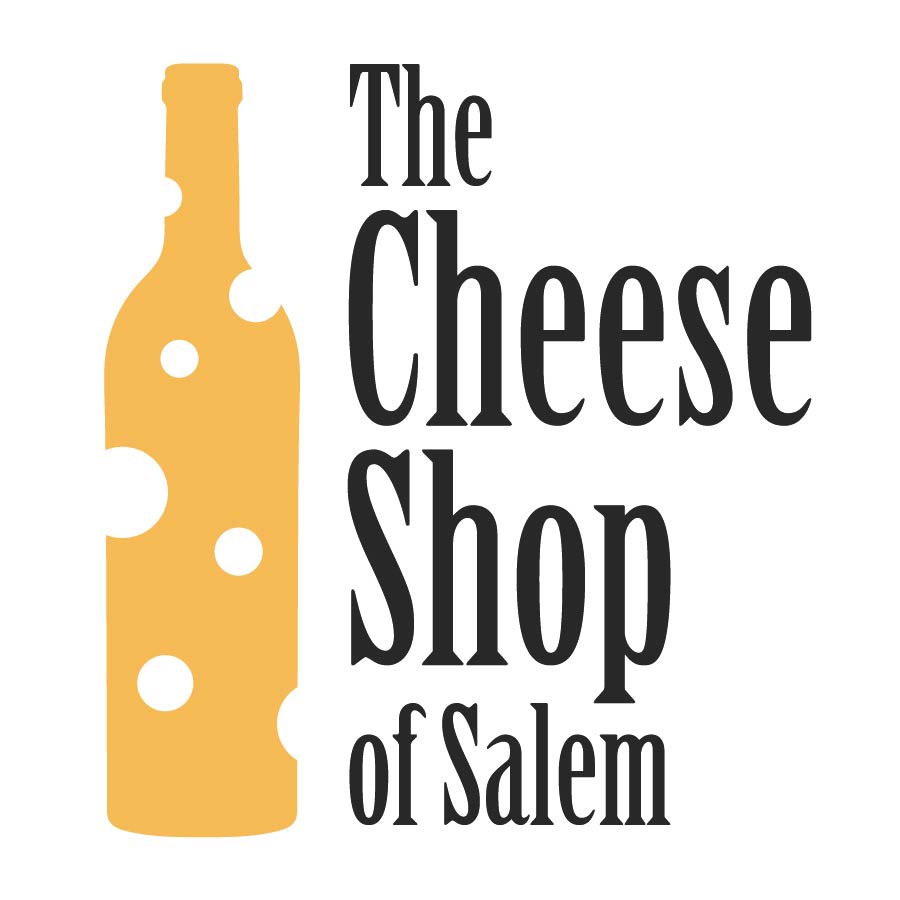Austria in a Glass
Free tasting | Friday, October 5, 2018 | 5-7PM
Tomorrow we’re exploring wines from Austria, and if you love wine that expresses a sense of place, particularly a mountainous Alpine retreat, this tasting is for you! Alike to Germany, Austria is not just all about white wine, but has astounding red wines too, including wines from the unique grapes like Zweigelt, St. Laurent, and Blaufränkisch.
Most wine in Austria comes from the eastern side of the country by Vienna. Grüner Veltliner is the quintessential wine of Austria, comprising of 31% of total acreage, and is by far one of the best white wines to pair with ANY foods, thanks to the its naturally occurring compound: Rotundone. (Grüner Veltliner’s naturally high levels of Rotundone are up to 17 times the average person’s sensory threshold, even more than Syrah! Read more here!)
There was a time where Austrian wines’ reputation suffered due to the ‘antifreeze’ scandal in 1985, however, Austria responded by drafting some of the strictest wine laws in Europe and quickly refocused on quality. In a very short time, Austria has earned a renewed reputation as one of the top winemaking nations of the world. (Wine nerd fact: Austrian wine law defines three levels of quality: Wein, Landwein, and Qualitätswein. For more information, read here!)
Join us on Friday for a taste of Austria! See you there!
The Austrian Line-up:
2017 Winzer Krems Sandgrube 13 ‘Weinzierl’ (Niederösterreich, Austria) | The grape, Grüner Veltliner, is every veggie-obsessed/go-green-or-bust-consumer’s best friend; it goes well with all those hard to pair foods like Brussels sprouts, broccoli, or asparagus. This Grüner thrives in the mild climate of Krems where there has been a thriving wine growing tradition for over 2000 years. These grapes were hand harvested and gently pressed in a wooden press before aging in stainless steel. ‘Weinzierl’ is dry and sharp with notes of white flowers and lemon.
2016 Höpler Riesling (Burgenland, Austria) | Hundreds of years ago Burgenland was settled by Cistercian Monks who guessed that this region, with its cold winters and hot sunny summers would be excellent for winemaking. Höpler is run by a father and son team, Christof and Jost Höpler. After majoring in economics, Christof taught himself winemaking while his father, Jost, handles the exporting side of the winery. They export 70% of their production, including to Vermont where Höpler is the house wine at the Trapp Family Lodge in Stowe, Vermont (yes, the Trapp Family Singers!). This stellar Riesling was aged in a stainless steel tank and has notes of pear, slight petrol, and a citrus-fueled finish.
2017 Meinklang Frizzante Rosé (Burgenland, Austria) | The Michlit brothers (Hannes, Lukas, and Werner) all operate different parts of the Meinklang winery based on their particular area of interest. They take the health of their farm very seriously; the winery was inspired by biodynamic guru Rudolf Steiner’s writing and their signature cow label was chosen to honor the symbol of soil fertility. This (mildly) sparkling Pinot Noir rosé was grown on the border of Austria and Hungary and has tiny ticklish bubbles with notes of raspberries and strawberries.
2013 Tinhof ‘Wild Boar’ Zweigelt (Burgenland, Austria) | Up on the slopes of the Leitha Mountains, the Tinhof family has been farming their 14 hectares of vineyards for 11 generations. Erwin Tinhof is the current winemaker at the helm and turned the winery into an organically practicing farm. Some of the Tinhof’s vines are up to 50 years old and all of the vines are hand harvested. This Zweigelt is juicy-red with notes of boysenberries and black currants.
2014 Judith Beck St. Laurent ‘Schafleiten’ (Burgenland, Austria) | Judith Beck is known for making producing some of the liveliest Austrian reds in the land! Judith loves working with traditional red varieties like Zweigelt, Blaufränkisch, and St. Laurent, and tends vineyards on the slopes of the Wagram, east of the Neusiedler. Her St. Laurent ‘Schafleiten’ is made from a .72 hectare bio-dynamically cultivated parcel, grown atop red gravelly soil. This St. Laurent is fresh, soft, and full of rich blueberry and spice notes, and evokes a juicy, umami-filled Pinot Noir.



